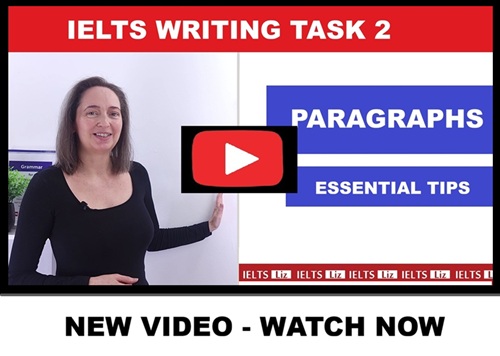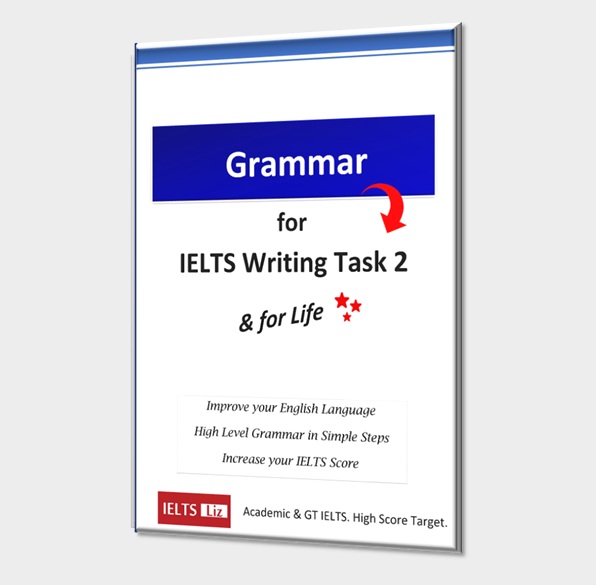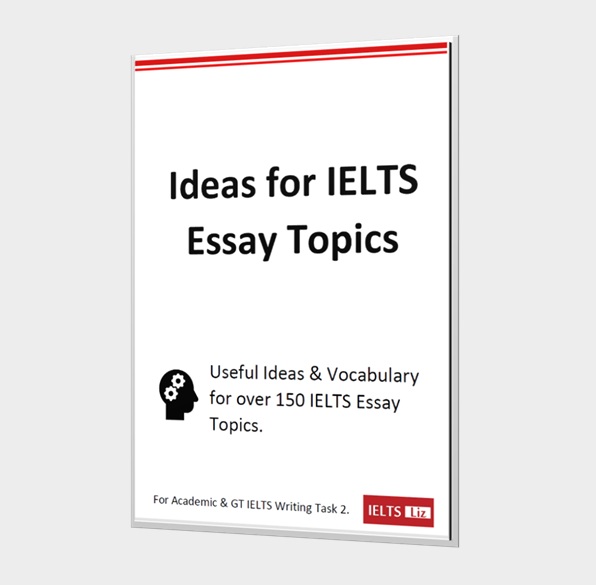IELTS Writing Task 1 Overview (Academic Paper): Tips, Videos and Answers
Do all types of writing task 1 have an overview?
Yes. ALL TYPES of writing task 1 for the academic paper should have an overview. The types are listed below.
- bar chart
- pie chart
- table
- line graph
- map
- diagram (process)
All the above types MUST have an overview.
What is an Overview?
- An overview is a statement or statements which contain all the key features in the task given to you.
- It is important that the key features are collected in one overview and not put in different places.
- An overview will contain all features – this means if you have two charts, there is only one overview which contains the key features for both tasks.
- You are marked on your ability to choose the key features. Each task will be different.
Is the Overview Important?
Yes. It is the most important paragraph in your writing task 1 for the academic paper.
The overview is marked in the marking criterion of Task Achievement. This criterion counts for 25% of your writing task 1 marks. The examiner will look specifically for an overview in all types of writing task 1 (academic). See below:
Band 5 = no clear overview
Band 6 = presents an overview
Band 7 = presents a clear overview
You can see that your score will go up or down depending on your overview. If you miss the overview, you will get Band 5 or below in Task Achievement. If you are aiming for band 7, 8 or 9, you must have a clear overview with key features well selected and highlighted.
Learn more about the band score requirements of IELTS writing task 1 on this page: Band Score Tips & Info Writing Task 1
Overview or Conclusion?
See this video about the difference between an overview and a conclusion.
[su_youtube url=”https://youtu.be/zjzuxyVlkR8″]Paragraphing: Where to put the overview?
See this video lesson to learn about the paragraphs for writing task 1, including where the overview should be put.
[su_youtube url=”https://youtu.be/TzLyARGcTEA”]Model Writing Task 1 Answers
See this page to take a look at model answers for all types of IELTS writing task 1. You will see the overviews for ALL types of writing task 1. Model Answers and Tips: IELTS Writing Task 1
Hope this was useful 🙂
All the best
Liz










